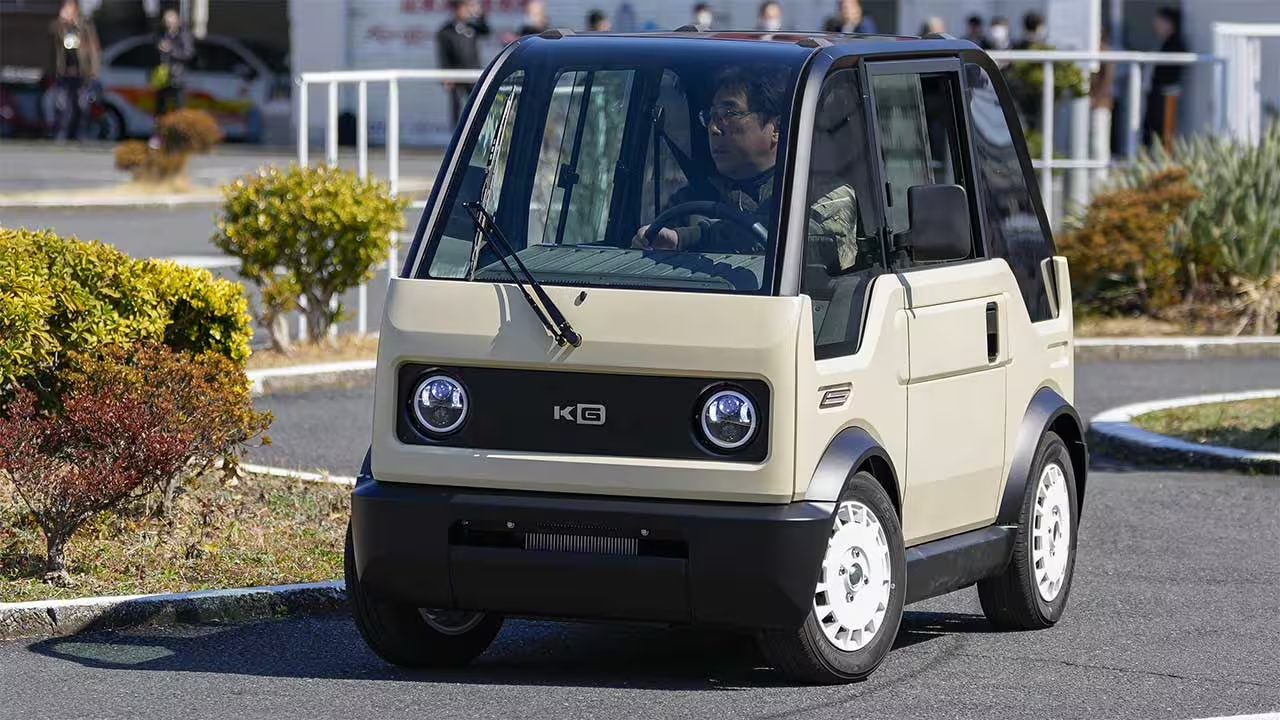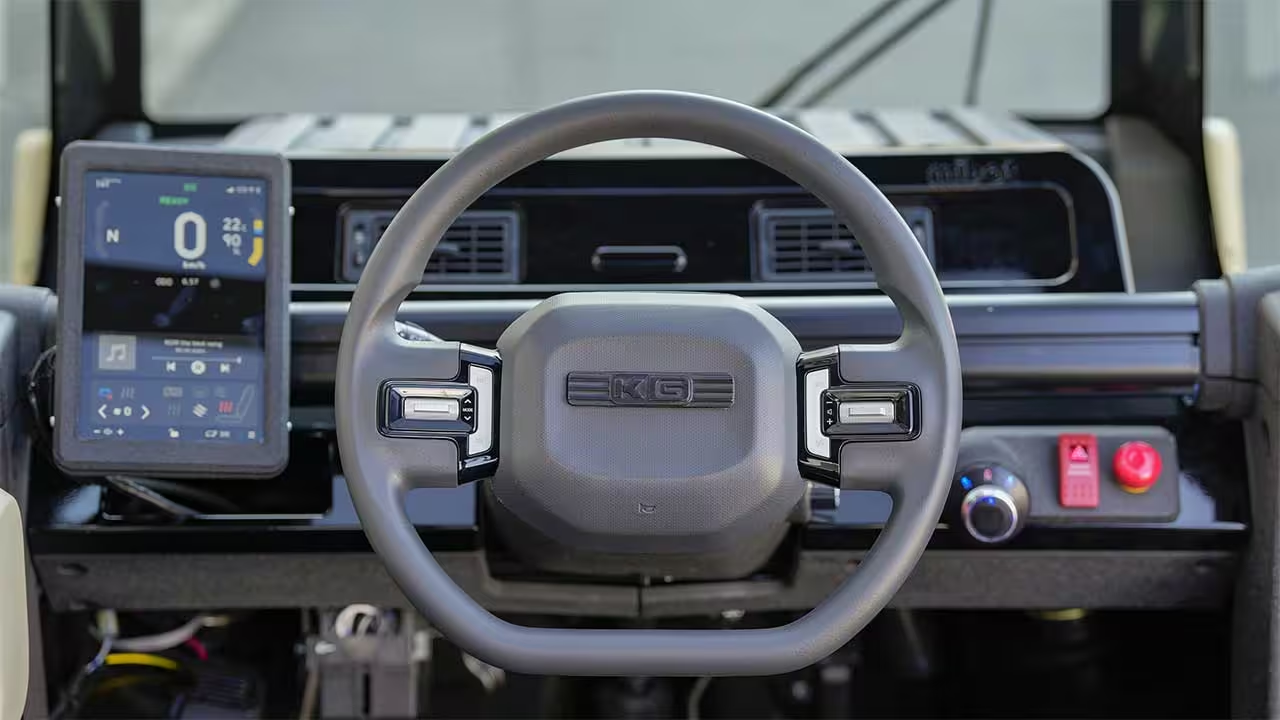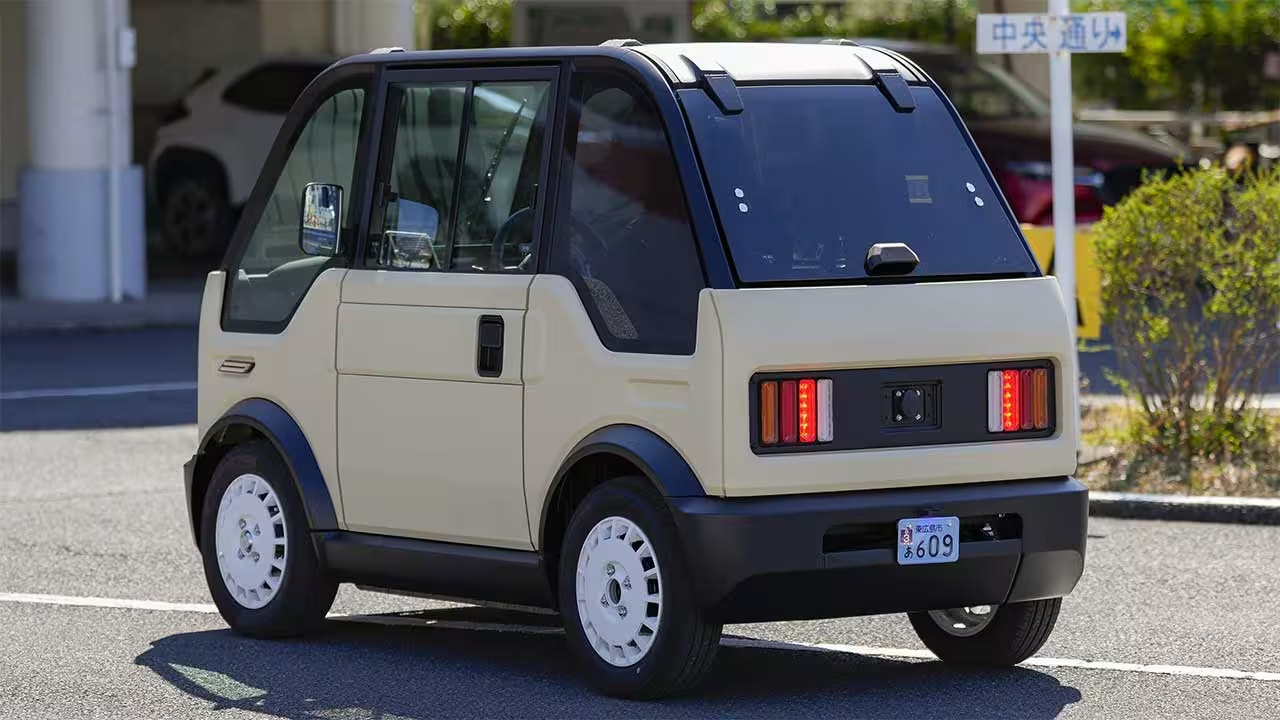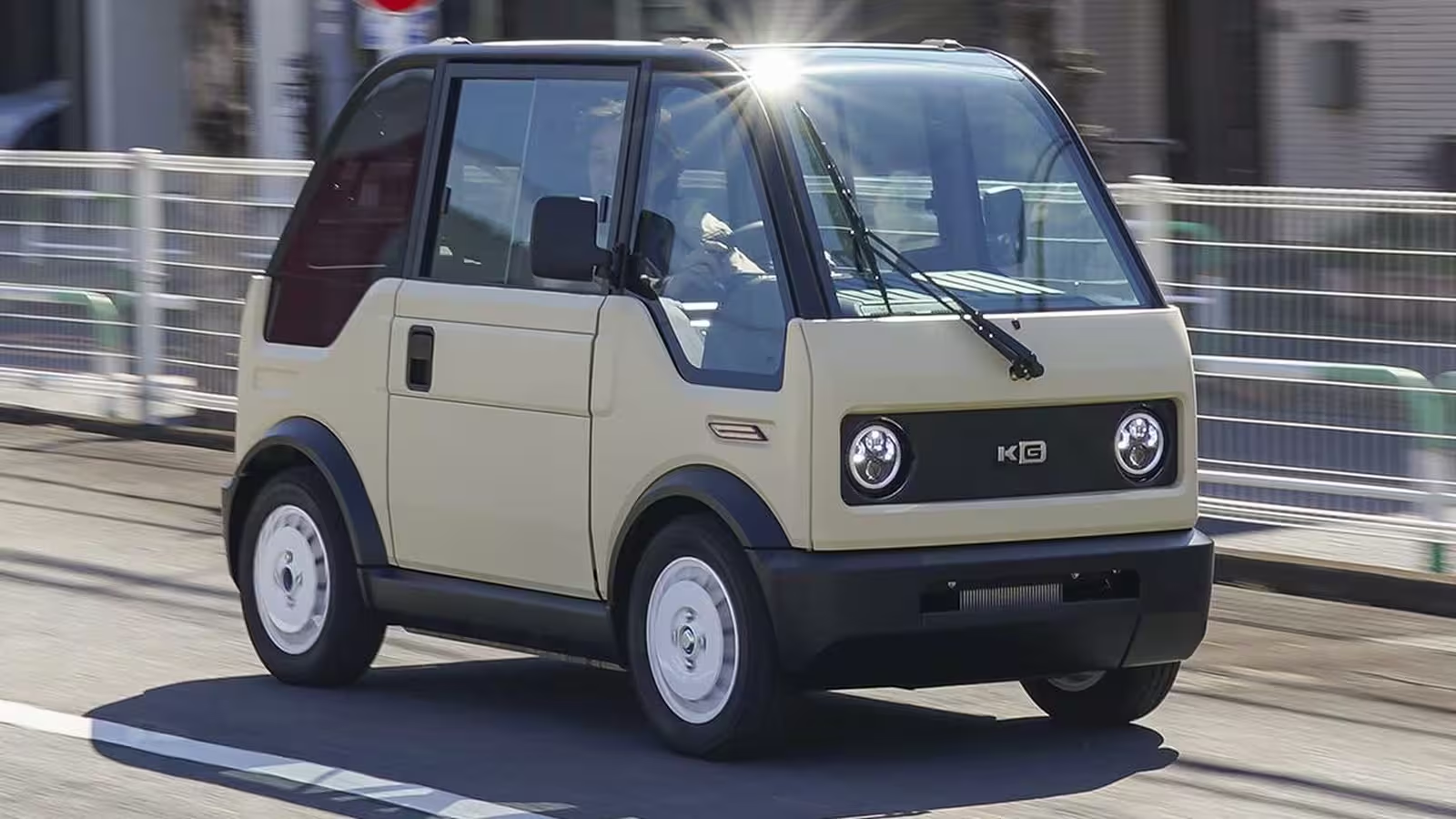4 Minutes
Introduction: An Ultra-Affordable Japanese Electric Vehicle
Japan’s quickly evolving electric car landscape has welcomed a groundbreaking contender: the Mibot. Developed by Hiroshima-based startup KG Motors, the Mibot is a compact single-seater EV with a remarkably low price tag of just $7,650, targeting city dwellers and rural residents alike. At a time when mainstream automakers have largely shifted away from budget-friendly vehicles, innovative startups like KG Motors are stepping up to bridge the gap, making eco-friendly mobility accessible to more people than ever before.

Filling a Global Niche for Low-Cost Electric Vehicles
While the US is seeing the likes of Slate Auto’s modular electric pickup (priced around $27,000) and Europe embraces ultra-compact EVs such as the Citroën Ami, Japan’s response is the uniquely tailored Mibot. Designed primarily for elderly rural drivers with limited access to public transit, as well as young urbanites navigating Japan's famously narrow streets, the Mibot addresses the country’s specific transportation challenges with simplicity and efficiency.
Design and Interior: Retro Charm Meets Practicality
The exterior of the Mibot draws inspiration from 1980s automotive design, boasting a symmetrical layout that stands out on city streets. Inside, the minimalist cabin features a single seat, a left-mounted infotainment display with over-the-air update capabilities, and an array of functional switches on the right. Convenience features come standard, including air conditioning, a heater, and sufficient rear cargo space for two 18-liter kerosene tanks—an ideal touch for users in rural areas.

Vehicle Specifications and Performance
Beneath its compact frame, the Mibot is powered by a rear-mounted electric motor delivering 6.7 horsepower (with a continuous output of 0.8 hp) and an LFP lithium battery with a 7.68 kWh capacity. On a single charge, the Mibot achieves a real-world driving range of approximately 100 kilometers at a steady 30 km/h. The top speed is capped at 60 km/h, making it perfect for city commuting and short rural errands. Charging is straightforward: using a standard 100V Japanese outlet, a full recharge takes around five hours. Notably, Level 2 or Level 3 fast charging is not supported—but for its intended use, that is rarely a drawback.
Compliance and Key Advantages of Japanese Mini-Cars
Unlike the more robust kei cars, the Mibot is classified under Japan’s ‘primary mini-car’ (minivehicle) regulations, which dictate maximum dimensions (2.5 meters long, 1.3 meters wide, and 2 meters tall) and a single-occupant configuration. The electric mini-car rule also caps continuous motor output to 0.8 horsepower, firmly positioning the Mibot within legal requirements. Added benefits include lower insurance premiums, exemption from mandatory parking certification, and relief from regular vehicle inspections—making ownership both affordable and hassle-free.

Market Reception and Future Prospects
KG Motors has already secured over 2,250 firm orders, signaling robust demand and positioning the Mibot to potentially surpass electric vehicle sales from established giants like Toyota in Japan. Elsewhere, demand for affordable EVs is evident: Slate Auto claims over 100,000 reservations for its bargain pickup in the US, while Citroën Ami enjoys popularity across European urban centers. With its inventive design, attainable price, and alignment with Japan’s unique mobility needs, the Mibot not only draws significant attention but also demonstrates that compact, simple electric cars can offer a bright future in sustainable transportation.
Comparisons and Competitive Edge
When compared to global rivals, the Mibot’s ultra-compact form, simplicity, and price put it in a class of its own. Unlike Europe’s Citroën Ami, which seats two, or America’s relatively pricier electric pickups, the Mibot is hyper-focused on essential motoring, minimalism, and local utility. In a rapidly electrifying world, the emergence of vehicles like the Mibot highlights an important shift—affordability and practicality are just as crucial as technology and range in making electric mobility mainstream.
Source: motortrend



Comments